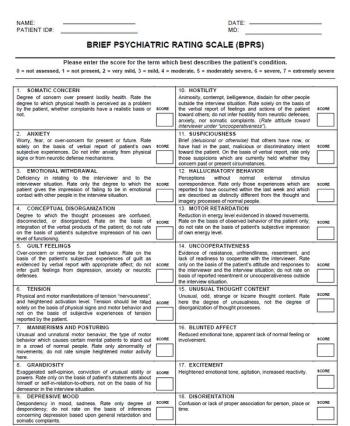
HAM-A Hamilton Anxiety Scale
Developed by M.Hamilton, this widely-used interview scale measures the severity of a patient's anxiety, based on 14 parameters, including anxious mood, tension, fears, insomnia, somatic complaints and behavior at the interview.
This widely used interview scale measures the severity of a patient's anxiety, based on 14 parameters, including anxious mood, tension, fears, insomnia, somatic complaints and behavior at the interview. Developed by M.Hamilton in 1959, the scale predates, of course, the current definition of generalized anxiety disorder (GAD). However, it covers many of the features of GAD and can be helpful also in assessing its severity. The major value of HAM-A is to document the results of pharmaco- or psychotherapy, rather than as a diagnostic or screening tool. It takes 15-20 minutes to complete the interview and scoring. Each item is simply given a 5-point score - 0 (not present) to 4 (severe).
A large number of psychiatric tests, scales, and forms have been created over the years to help in diagnosing mental illness and assisting in treatment and follow-up. We've put many of the clinical scales online here, hoping healthcare professionals-whether in specialty practices, primary-care settings, or emergency services-will find this format convenient. Since most of the tools are designed for repeated use over time, they will provide not only a longitudinal view but also document the medical record.
In addition to the psychiatric clinical scales themselves, you will find instructions on how to administer and score the scales.
These scales have demonstrated high levels of accuracy and validity and the results can give important clues to possible mental disorders that warrant follow up. However, please remember that they depend on the skills of the clinicians administering them and the accuracy of the information provided by the patients.
Jay M. Pomerantz, MD
Assistant Clinical Professor of Psychiatry
Harvard Medical School, Boston
Newsletter
Receive trusted psychiatric news, expert analysis, and clinical insights — subscribe today to support your practice and your patients.












